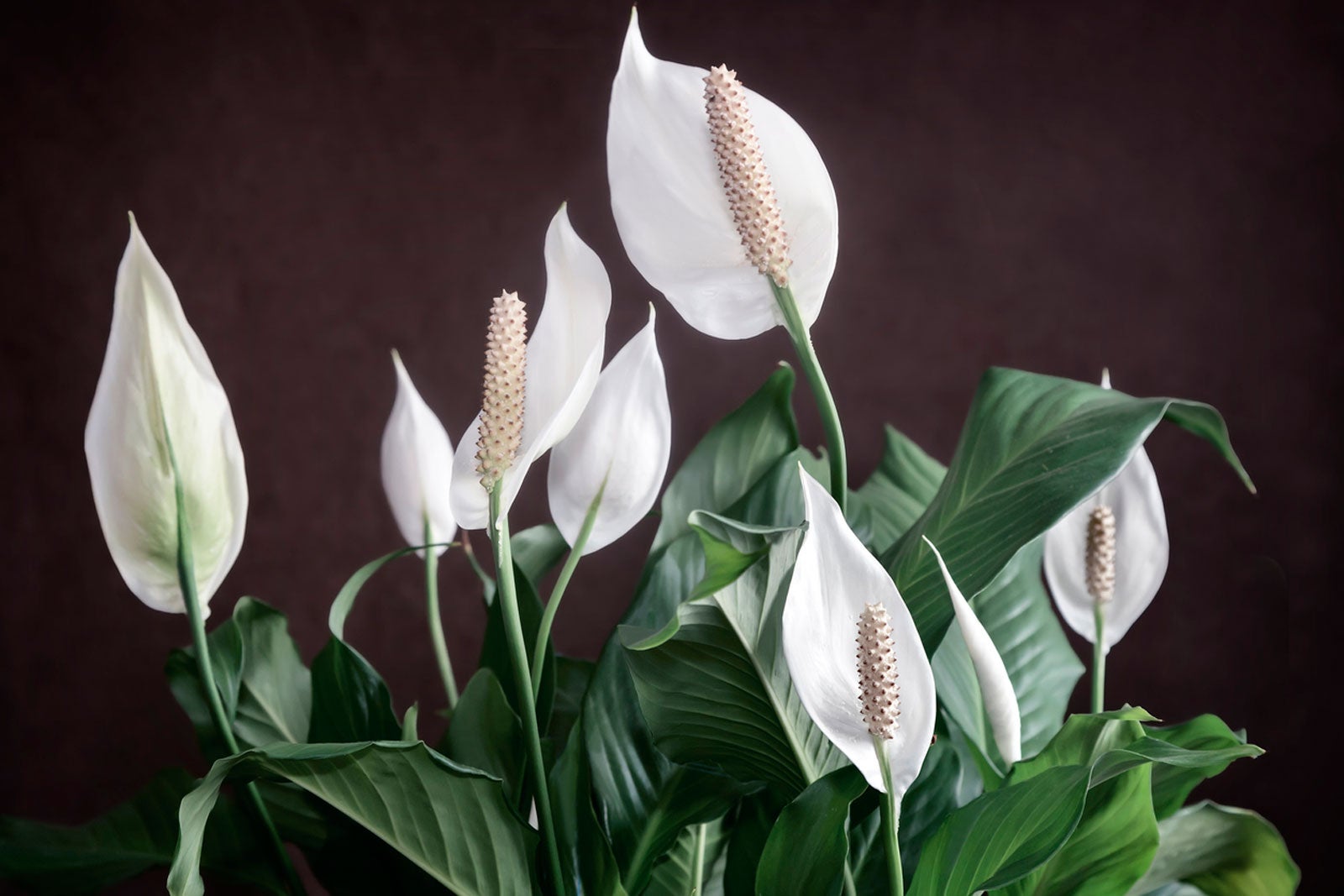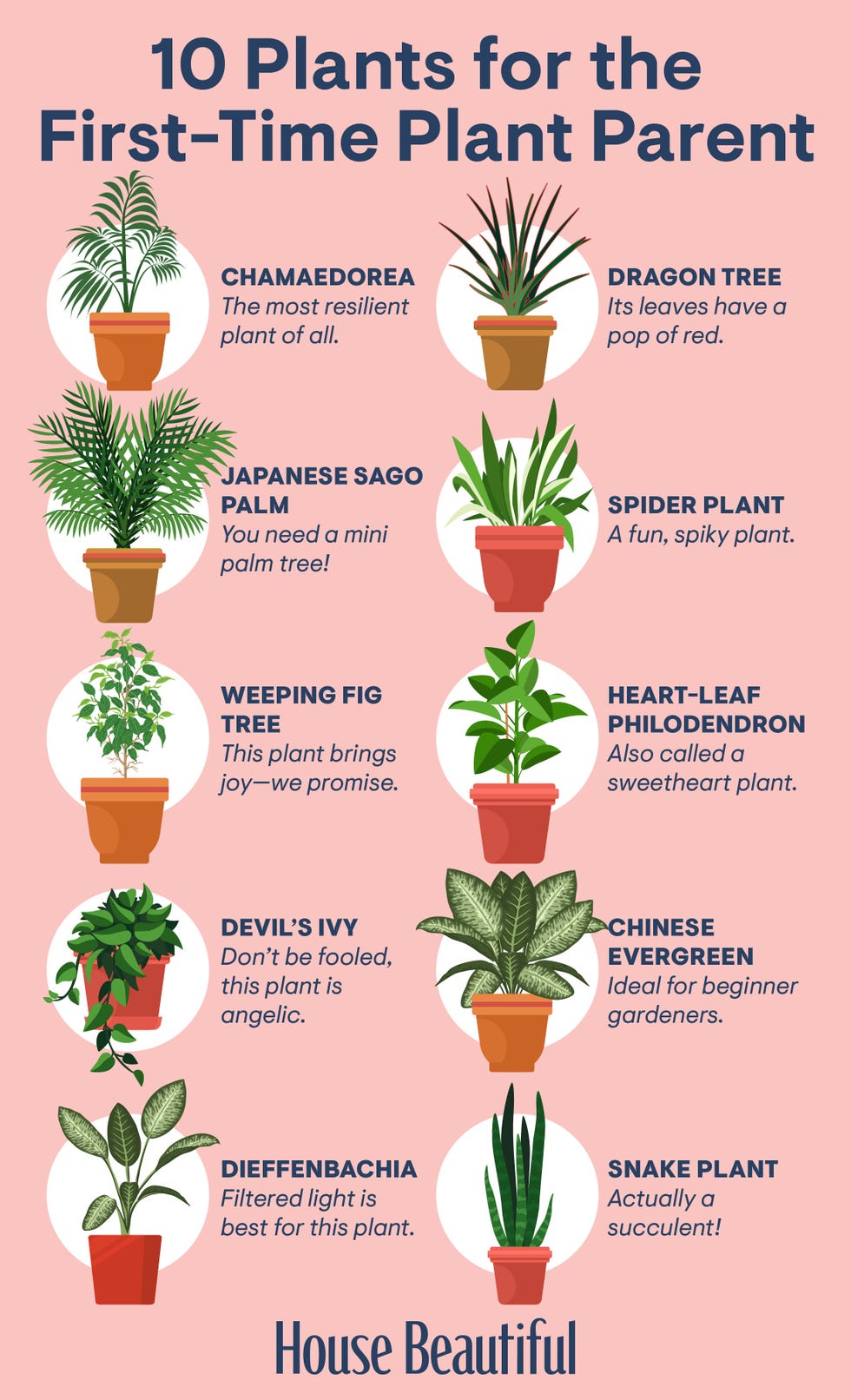The Best Low-Light Indoor Plants That Require Minimal Care and Attention
The Best Low-Light Indoor Plants That Require Minimal Care and Attention
Blog Article
Discover the Best Low-Light Indoor Plants for Enhancing Your Home Decor
Incorporating low-light interior plants into your home decor can substantially enhance both appearances and atmosphere, specifically in rooms that do not have bountiful natural light. Selections such as the Snake Plant and ZZ Plant not just bring life to dim edges yet also add to improved air top quality and general health.

Why Choose Low-Light Plants
Why choose low-light plants in your interior areas? The contemporary living atmosphere commonly offers obstacles such as restricted natural light, making it difficult for standard houseplants to prosper. Low-light plants are specifically adjusted to grow and make it through in these problems, using a sensible remedy for individuals looking for to boost their interior spaces without the included anxiety of keeping extra light-demanding flora.
In addition to their strength, low-light plants add substantially to the aesthetic appeals of a space. Their diverse variety of sizes, shades, and shapes permits unique interior decoration chances, creating inviting and vivid atmospheres. Interior plants are known for their air-purifying top qualities, boosting indoor air quality by releasing and filtering system contaminants oxygen, which can boost general well-being.
Low-light plants also need very little upkeep, making them especially attracting active individuals or those new to horticulture. Their versatility permits placement in numerous settings, from workplace rooms to dimly lit corners of the home. By choosing low-light plants, you can appreciate the advantages of plant without the restrictions that frequently accompany typical gardening, eventually cultivating a healthier and much more visually attractive indoor environment.
Leading Low-Light Indoor Plants
For those seeking to enhance their indoor areas with greenery that thrives in low-light problems, a number of plant options attract attention for their resilience and visual allure. The Snake Plant (Sansevieria trifasciata) is a popular selection, understood for its upright, sword-like fallen leaves and ability to endure disregard. This hardy plant can make it through in dimly lit locations while enhancing indoor air quality.
One more exceptional choice is the Pothos (Epipremnum aureum), defined by its heart-shaped fallen leaves and tracking vines. When placed on shelves or hanging baskets., Pothos is not only adaptable to reduced light yet additionally provides a striking visual contrast.
The ZZ Plant (Zamioculcas zamiifolia) is similarly impressive, flaunting shiny, dark environment-friendly fallen leaves that can illuminate any type of corner. Its dry spell resistance makes it excellent for busy property owners.
Care Tips for Low-Light Plants
Just how can you guarantee that your low-light indoor plants grow in spite of limited sunlight? First, select the ideal potting mix that supplies excellent drainage while retaining wetness. A well-aerated dirt, such as a blend of potting dirt and perlite, can assist protect against root rot.
Watering is essential; low-light plants normally call for less frequent watering compared to their sun-loving counterparts. Constantly examine the leading inch of the dirt-- if it really feels dry, it's time to water. Be careful of overwatering, as this can result in fungal click to read more issues and origin degeneration.
Fertilizing low-light plants ought to be done moderately - Best low-light indoor Web Site plants. Make use of a balanced, water-soluble plant food throughout the growing season, but eliminate or reduce fertilization in the inactive months
Furthermore, dirt can build up on fallen leaves, hindering photosynthesis. Delicately wipe the fallen leaves with a moist towel to keep them tidy.
Last but not least, observe your plants closely. Indications of distress, such as yellowing fallen leaves or leggy development, can suggest that your plant requires adjustments in care (Best low-light indoor plants). By adhering to these treatment suggestions, your low-light indoor plants can flourish, including charm and vitality to your home
Imaginative Ways to Show Plants
Elevating the aesthetic charm of your indoor area can be achieved by attentively showing your low-light plants in creative ways. Take into consideration making use of vertical area to your advantage; wall-mounted racks can showcase trailing plants like pothos or philodendron, including lushness while conserving floor area. Make use of plant stands of varying heights to develop aesthetic passion and depth, attracting the eye up.
Hanging planters are an additional excellent alternative, using a significant impact when suspended from the ceiling or hooks. Macramé hangers can present appearance and bohemian panache, while contemporary ceramic hangers can fit a minimalist aesthetic. For a much more ingenious technique, repurpose unique containers such as vintage teacups or glass containers, which can add individuality to your display.
Organizing plants in clusters is also reliable; use differing pot dimensions and colors to produce a cohesive appearance. This approach not only improves visual impact however likewise provides an all-natural habitat feeling - Best low-light indoor plants. Think about positioning plants near light resources like home windows or lights to enhance their growth and showcase their dynamic vegetation, thus boosting the general setting of your indoor atmosphere.
Benefits of Indoor Plant
Many researches have shown that integrating interior greenery into your space supplies a wide variety of benefits, enhancing both psychological and physical health. One of the most considerable benefits of indoor plants is their ability to improve air high quality. Plants soak up carbon dioxide and launch oxygen, developing a much healthier ambience while likewise filtering out unsafe contaminants, hence advertising respiratory system health.
Moreover, the presence of plant has actually been linked to reduced tension levels. Study indicates that communicating with plants can decrease cortisol levels, which are related to stress. This soothing impact can lead to boosted mood and increased performance, making indoor plants a perfect addition to workspaces.
In addition, look here interior plant can improve cognitive feature. Research studies suggest that settings enhanced with plants can cause raised focus, creativity, and general mental quality. The aesthetic charm of interior plants also adds to a much more welcoming and enjoyable setting, favorably influencing social communications and total satisfaction within a space.
Final Thought

Integrating low-light interior plants into your home décor can substantially improve both visual appeals and atmosphere, particularly in rooms that do not have bountiful natural light. Ranges such as the Snake Plant and ZZ Plant not only bring life to lower corners however also contribute to improved air quality and general health. Indoor plants are recognized for their air-purifying qualities, improving indoor air quality by filtering system contaminants and launching oxygen, which can improve overall health.
For those looking for to enhance their interior areas with greenery that flourishes in low-light conditions, several plant choices stand out for their strength and visual allure. These resilient plants, such as the Serpent Plant and ZZ Plant, prosper in dim problems and require minimal maintenance, making them ideal for numerous way of lives.
Report this page